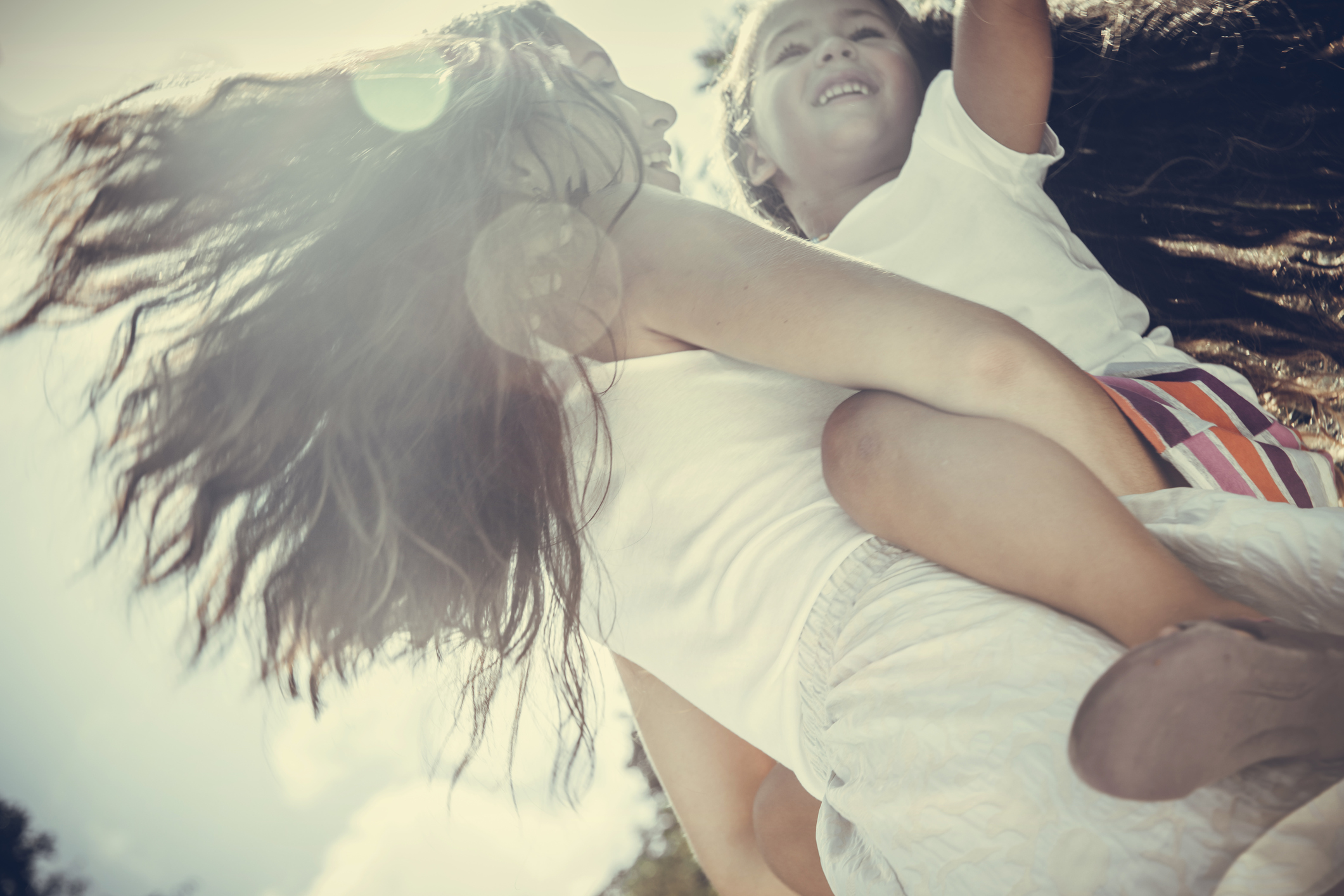Sometimes my therapist asks me how something feels in the body and I laugh. I tell her I’m laughing because I feel so limited in my vocabulary for feelings: good, bad, happy, sad, angry. How does it feel in the body?, she presses. The question is so foreign to me.
I tend to be a cerebral person. But parenthood has forced me to contend with the reality of the physical world–poop, dirt, vomit, and all–the beautiful, grotesque truth of being a body in this world. Lately, my two-and-a-half year old has been driving me crazy. He loves to roll around and wrestle, but has no awareness of where his body is in space. I duck so as not to get kicked in the face by his flailing limbs. He has so much energy, I can barely keep up. All this physicality, totally normal for a developing child, is a challenge to me. It doesn’t come naturally, I say. I just don’t like wrestling. I see other parents act silly with their kids, flipping their bodies around, tickling them, and I’m curious. Why do I have this resistance?
I begin to reconnect in therapy to how my emotions actually feel in my body, and my awareness slowly grows. Yet I keep saying to myself I’m just not the kind of parent that likes to roll around and act silly. Give me books and art supplies and I’m great, but wrestling? Not my thing. And yet, here is my child who clearly wants and needs to move his body, and I want to meet him where he is. I come across an ad for a dance class for parents and kids. Something lights up in me. This is how I will reconnect with my son! We’ll have special time together and it will be physical. He will have a chance to get his “sillies” out, to channel and express all that natural, wild energy, and we can physically connect.
The day before the class, I prepare him by explaining we are going to a dance class tomorrow and we’ll get to move around and have fun. He seems to look forward to it. But when we enter the studio, a wood-floored room decorated with balloons and full of eager children and parents, he tilts his head in his characteristic way that shows he is hesitant. It often takes him a while to feel comfortable in new places, and I realize that maybe if we had arrived earlier we would have had time to settle in. But the class is about to start. The teacher leads us to imitate her animal gestures, from giraffes eating leaves at the tops of trees to jumping frogs. It is fun and sweet, and I go along enthusiastically, but my son just holds onto my shirt and stares at everyone, unable to join in.
He’s usually so physically animated, I think, but he seems scared. I come down to his level. You look like you might be scared. Too many children? He nods. I know there’s a lot of new people, I say. That can be scary. But it looks like they’re having fun being silly. Maybe we can be silly together.
I say all the “right” things, but it doesn’t seem to make a difference. About three-quarters of the way through class, I start to feel a bit defeated. I’m doing everything right, making an effort to connect, but it’s just not working. And even when I acknowledge my son’s discomfort, regularly checking in with him and seeing if he wants to participate, making space for him to notice his feelings, it doesn’t seem to do anything. It doesn’t make him feel better. But I don’t want to leave. I can see on his face that he is interested and curious about everything happening in the room, he’s just scared to jump in.
Something changes when the teacher has us take out yoga mats and sit together. I’m not sure what happens. Maybe enough time has gone by that he feels comfortable in this new space, or something about running his fingers over the grooves on the mat redirects his attention. He starts to actually have fun. We’re instructed to roll around together on the mat and he loves it. It’s like all those times at home, except this time I’m not annoyed or scared that he’ll kick me in the face. And he doesn’t. We giggle and roll, our bodies entangling, skin to skin, like the early days of motherhood. Whatever fears or resistance I’d been holding in my body has released. Probably some oxytocin as well.
At the end of class he’s thrilled to take home a balloon. We walk to the supermarket and put on sunglasses from the glare of the setting sun. He does a funny walk when he puts on his sunglasses and we laugh. We stop to sit on a bench and take silly selfies together. We sit for a while, resting from all that movement, and I feel so grateful. The body that once felt like a barrier to me now feels at ease. We’re here together, no need to rush to get the groceries. People walk by on their way home from work and look at us and smile. I’m so grateful, and though my son can’t express it now, I think he is too.

Hila Ratzabi is a poet, writing coach, freelance editor and the editor of Ritualwell.org. She holds an MFA in writing from Sarah Lawrence College, and currently lives in Rehovot, Israel.

